Out of the blue, Nepal announced new policies limiting “luxuries” offered by operators at Everest Base Camp. The authorities cited environmental impact but still allowed an unlimited number of people on the mountain each season. Luxuries on Everest are nothing new and are offered by most operators, but some are more than others. The limits on luxuries apply to Everest, Lhotse, Nuptse, and Ama Dablam and are effective for the spring 2024 season.
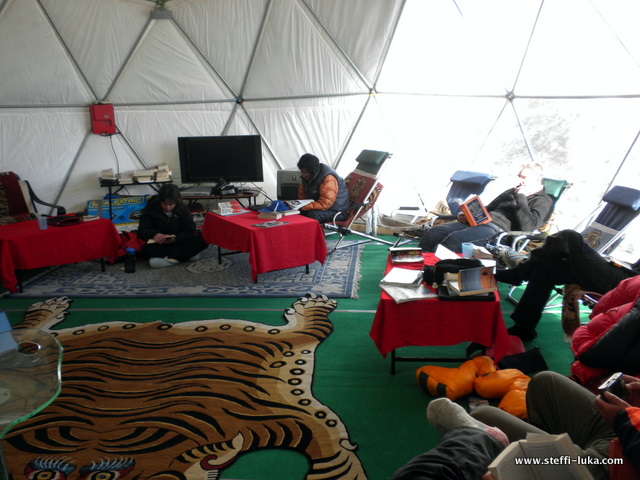
Share a Toilet
It appears that authorities are focusing on the footprint of each team and its members. For example, the size of the sleeping and dining areas and the number of toilet tents. Remember that teams can range in size from under 20 to over 200, and many teams use a large amount of space at the foot of the Khumbu Icefall.
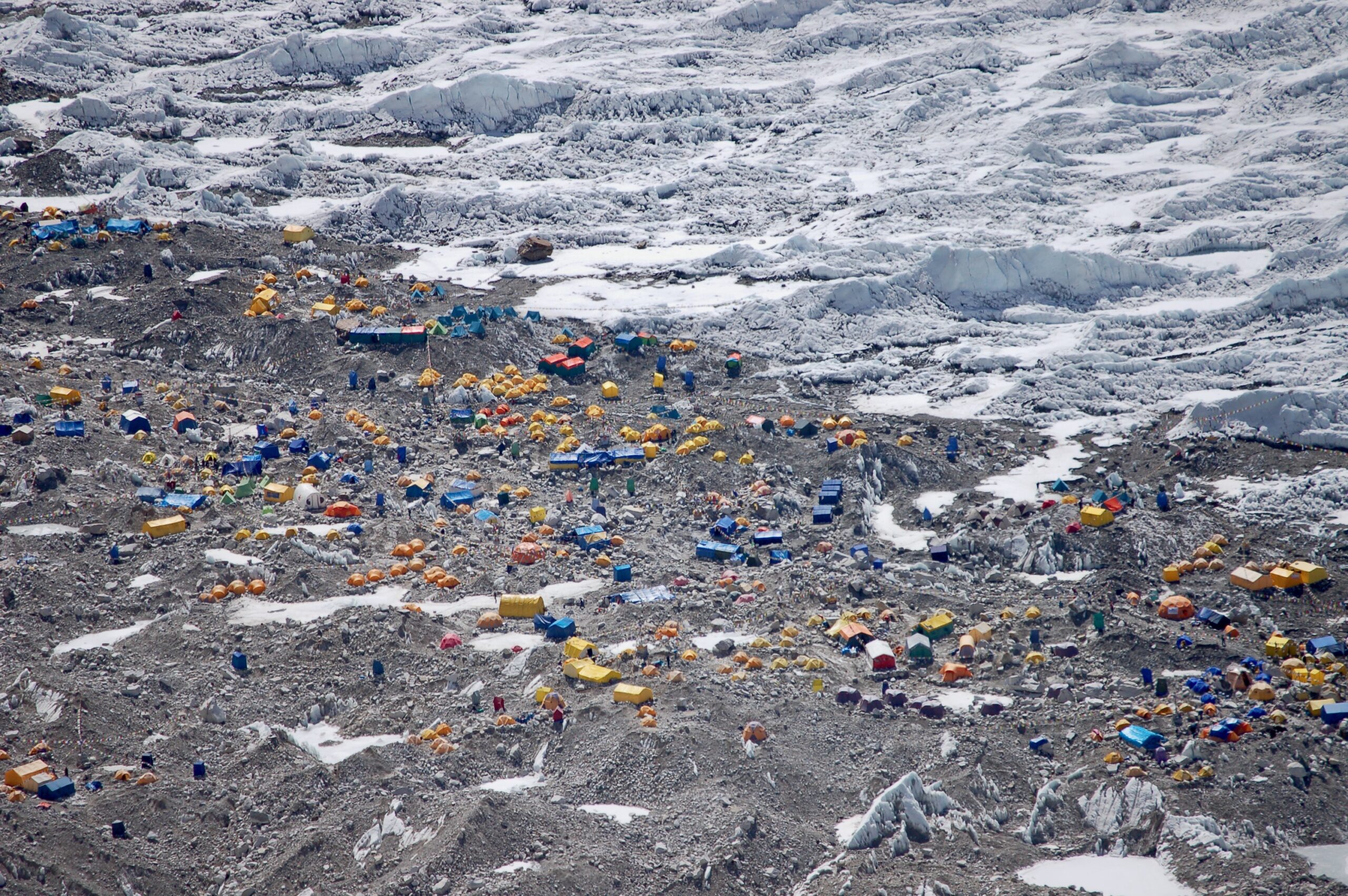
Each team usually has at least a tent for cooking, dining, sleeping and a toilet. Others will add tents for storage and other needs. However, the ones that are getting the most attention are large domes and personal toilet tents attached to smaller domes for sleeping. In the old days, pre-2015, most sleeping tents were three-person North Face VE-25s.
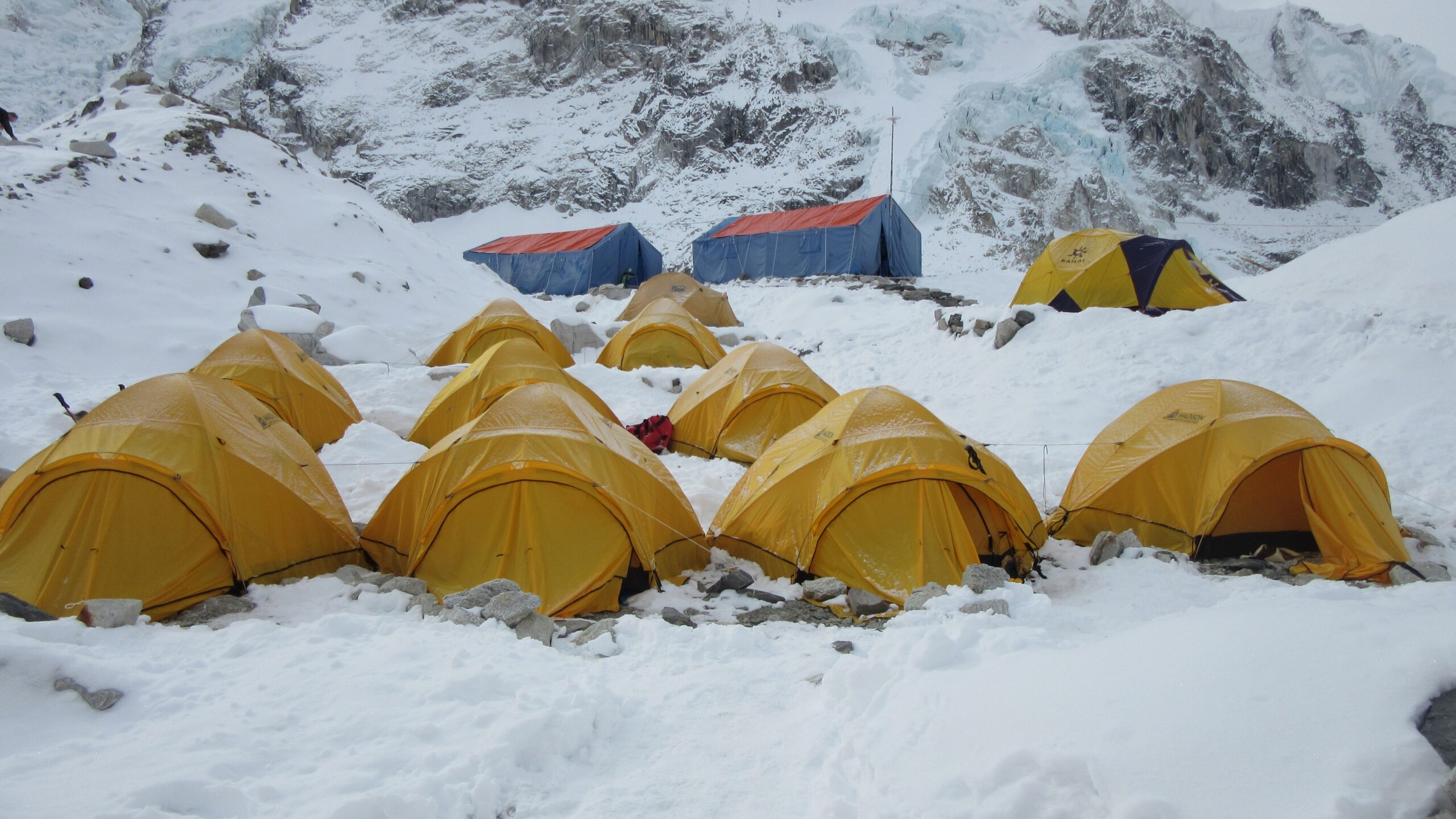
Today, large “Box Tents” are popular, allowing an individual to stand upright, and many have cots to sleep on and perhaps a work table and chair.
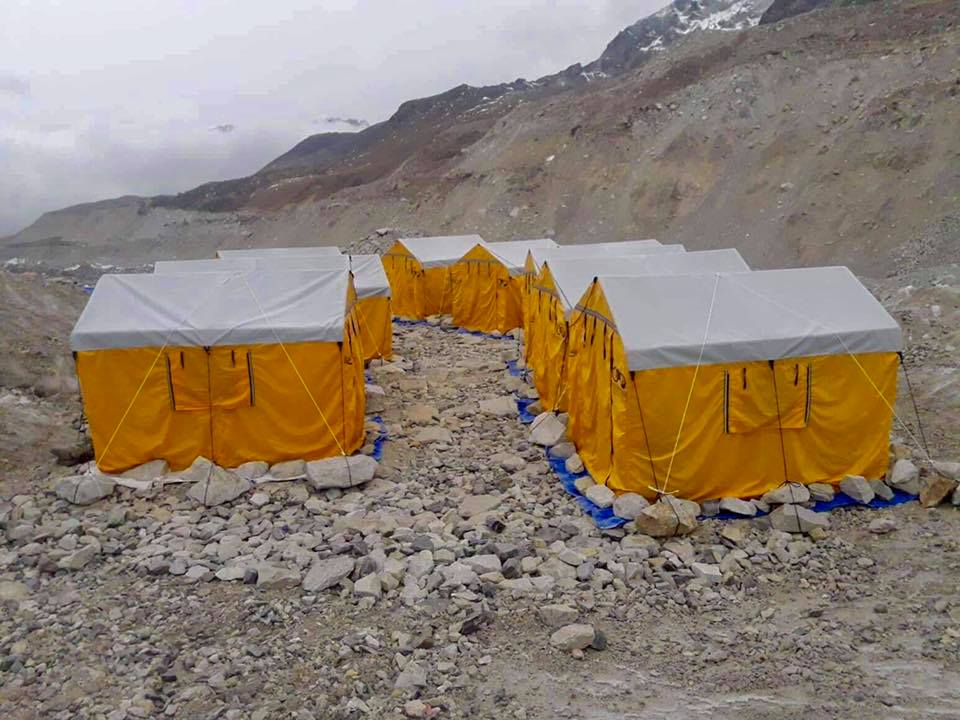
The new regulations recycle an old one that was unevenly enforced. They only allow climbers with permits to sleep at base camp, and a new rule prohibits tents for “commercial use.” This is most likely targeting massage parlors, cafes, bakeries, and art dealers that have previously popped up, including a museum one year!
One interesting ban is for toilet tents attached to a sleeping tent. Also, box tents are banned above the base camp. Helicopters are now restricted from flying gear to base camp, so yaks will be used as they have for decades. This alone might eliminate many of the large luxuries like big-screen TVs.
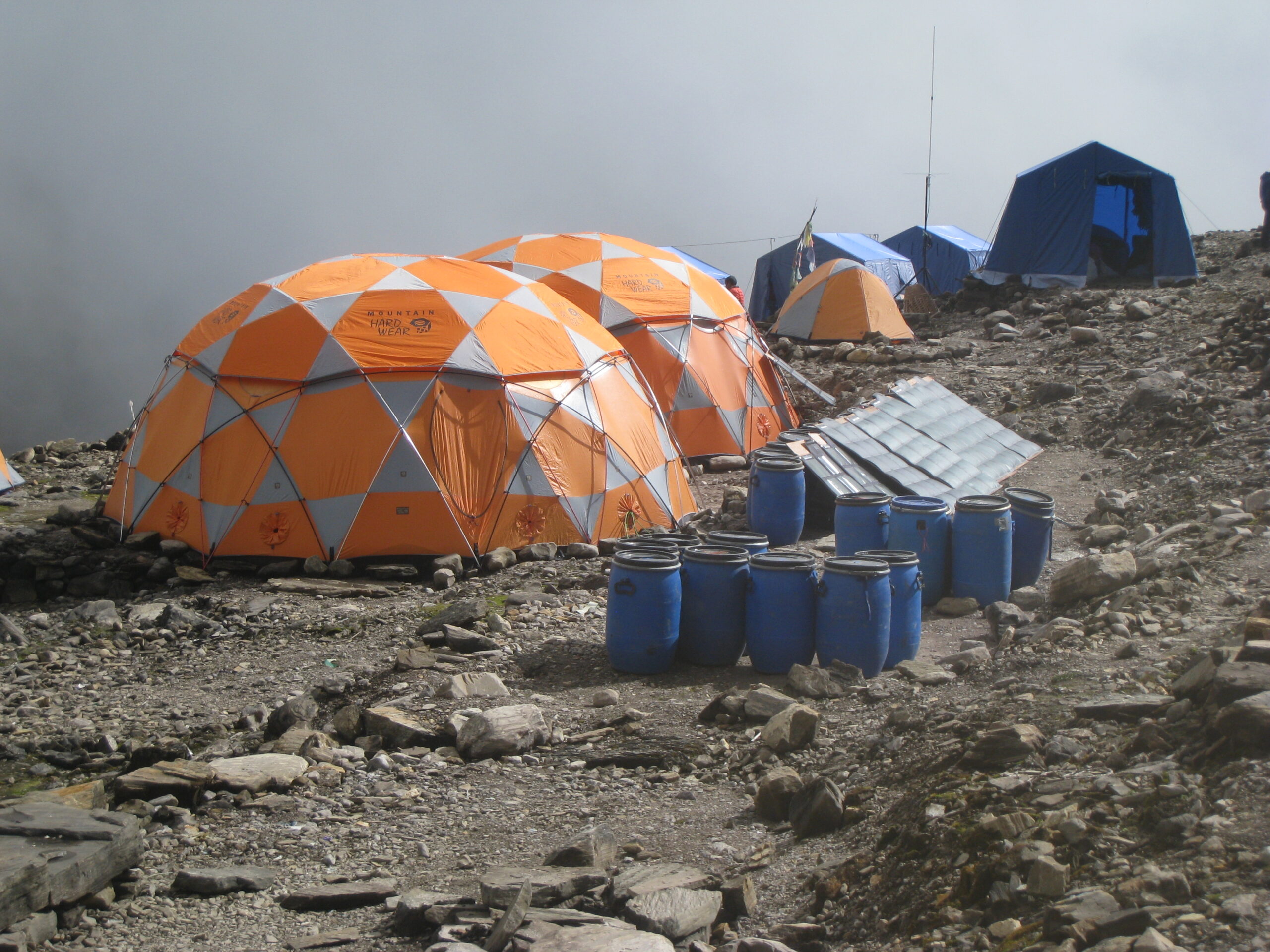
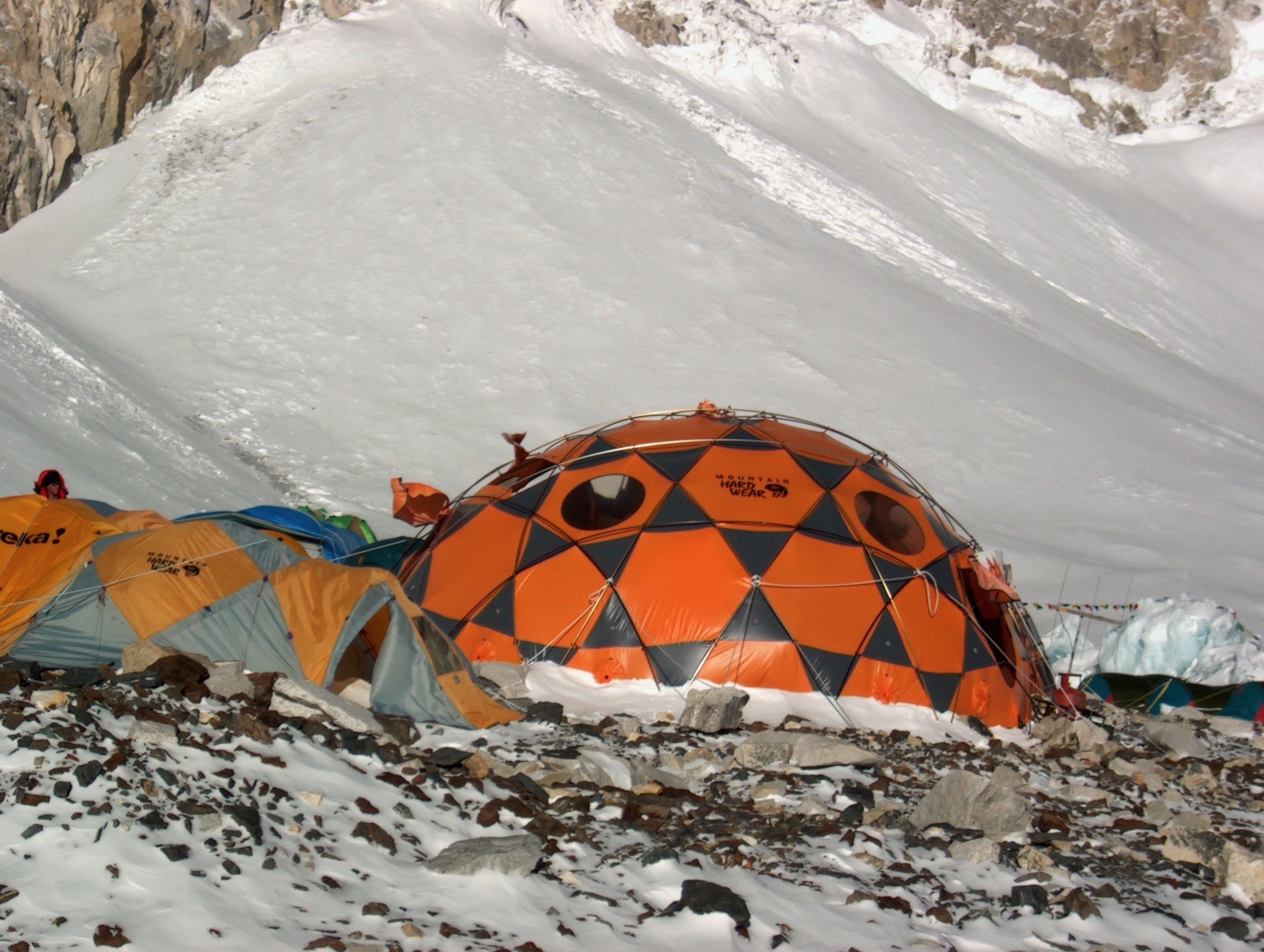
Top, Top End
A handful of operators offer very high-end services that could be put in the luxury category. By the way, they often fill this program with well-heeled clients each year. One of the concerns for some packages beyond the footprint at base camp is the environmental impact of frequent helicopter flights and the use of generators. Also, the increased level of support climbers, usually Sherpas, adds to the crowds and the feces problem on Everest unless the operator enforces the use of WAG bags.
Seven Summits Treks offers “VIP Everest Expedition 2024.” They no longer list prices on their website, but the last time they did, it was $130,000, probably higher now, closer to $200,000. Perks beyond a standard expedition taken from their 2024 website include:
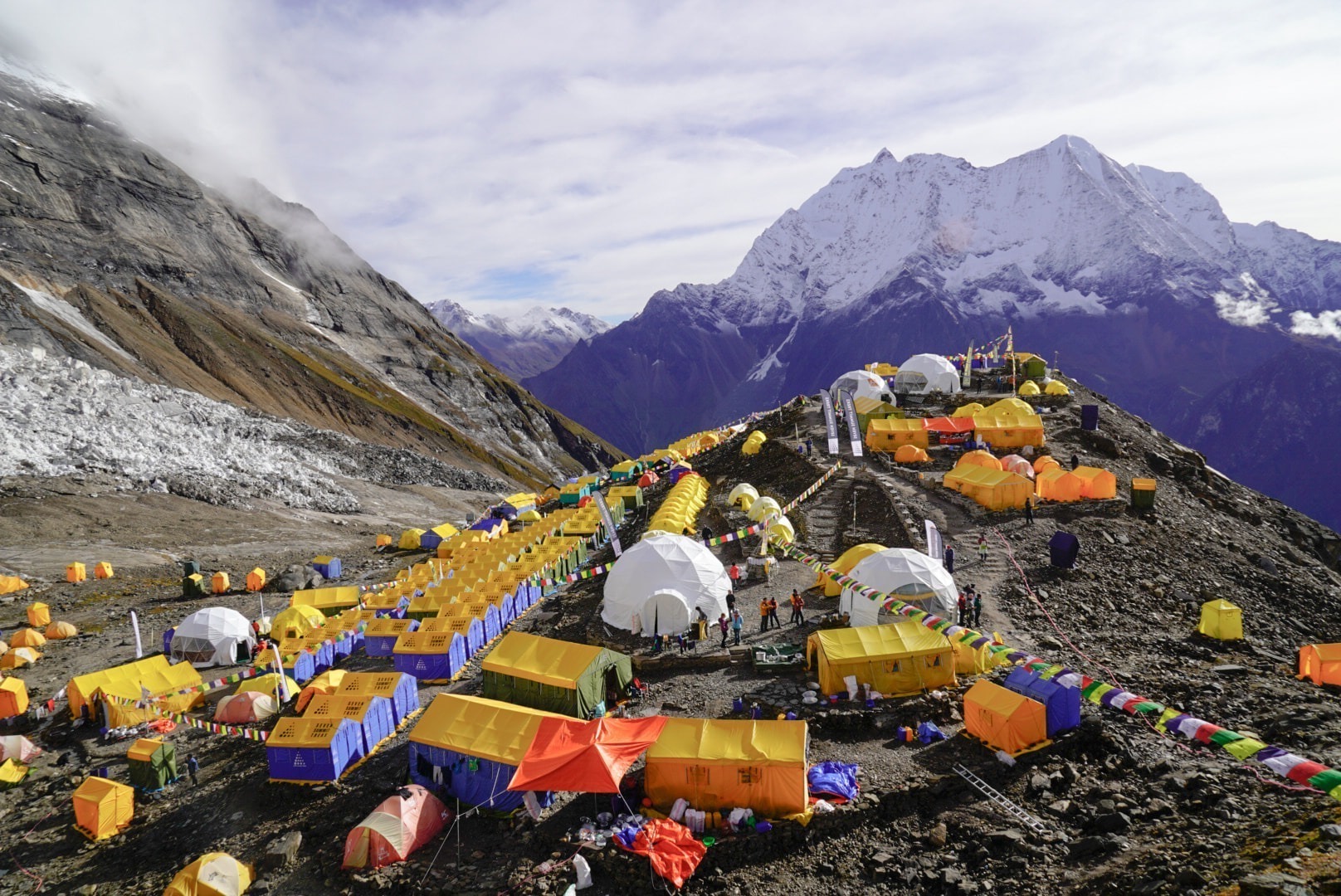
Another top-end option is from Austrian-based Furtenbach Adventures with their Signature Everest Expeditions. For $217,000, you add to their high-service standard trips. Furtenbach is one of the few large guide companies that cite specific steps on their website to ensure sustainable expedition techniques and have a high standard for a low or even negative carbon footprint.
- All services of our Everest Flash™ Expedition North or Everest Flash™ Expedition South, i.e., a minimized expedition duration of just three weeks through pre-acclimatization, as well as the following private services:
- Full support (including throughout the pre-expedition preparation phase)
- Private mentoring from Lukas Furtenbach
- A personalized training plan put together by a professional Sports Physiologist
- Personalized nutrition plan and consultation with a certified High-Performance Sports Dietician
- Pre-expedition medical consultation by a High-Altitude Doctor
- Private IFMGA / AMGA mountain guide for the duration of the whole expedition
- 2 personal Climbing Sherpas with a minimum of 5 Everest ascents to their name
- Premium accommodation in Kathmandu/Chengdu and Lhasa
- 80 m2 heated dome tent with private bathroom in basecamp
- VIP transfers
- Unlimited supplemental oxygen
- Unlimited medical advice from the team doctor
- Video footage and photographs of your expedition
Climbing the Seven Summits‘ offers a high-end trip option they call the “8848- The Residence.” There is an unspecified additional fee on top of the standard fees that range from $50,000 to $120,000.
- Private ensuite with hot shower
- Private WC and washbasin with mirror
- Personal stove heater
- A King sized bed with a comforter & pillows
- CTSS unichill onesie PJs
- Personal charging facilities, overhead lighting
- Table and chair to create a private workspace that allows professionals and business executives to productively use valuable downtime at base camp to continue managing work obligations or simply keep up with friends and family and update social media.
- A chest of drawers and a clothes rack
- Raised, carpeted flooring to insulate from the glacier
- Personal humidifier
- Morning beverage service
- Shoe rack
- Single rooming throughout the expedition in Kathmandu & teahouses
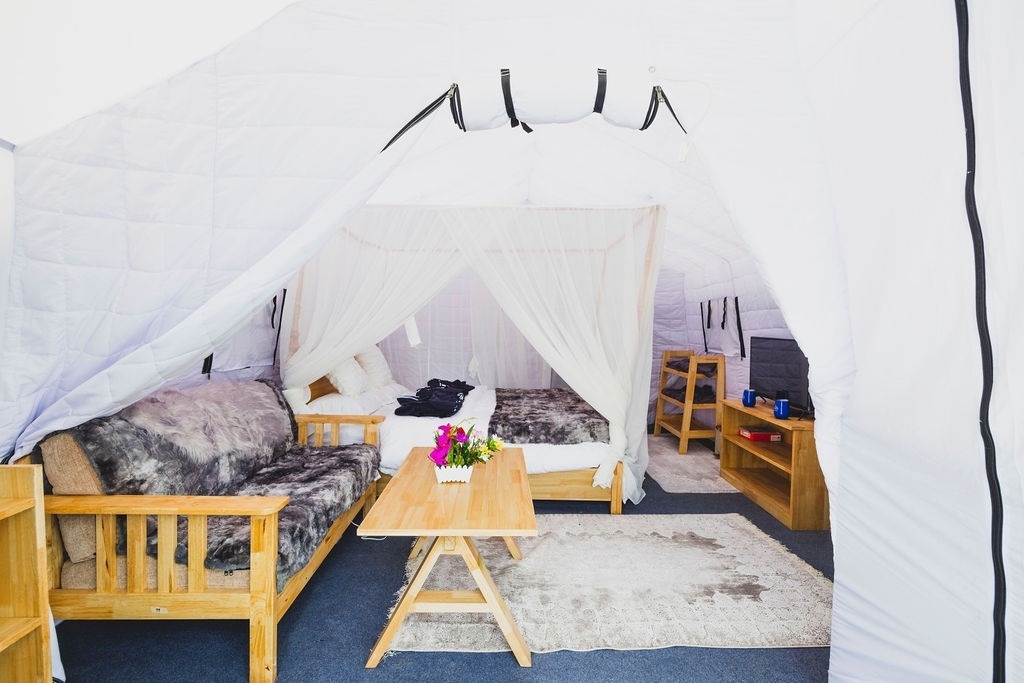
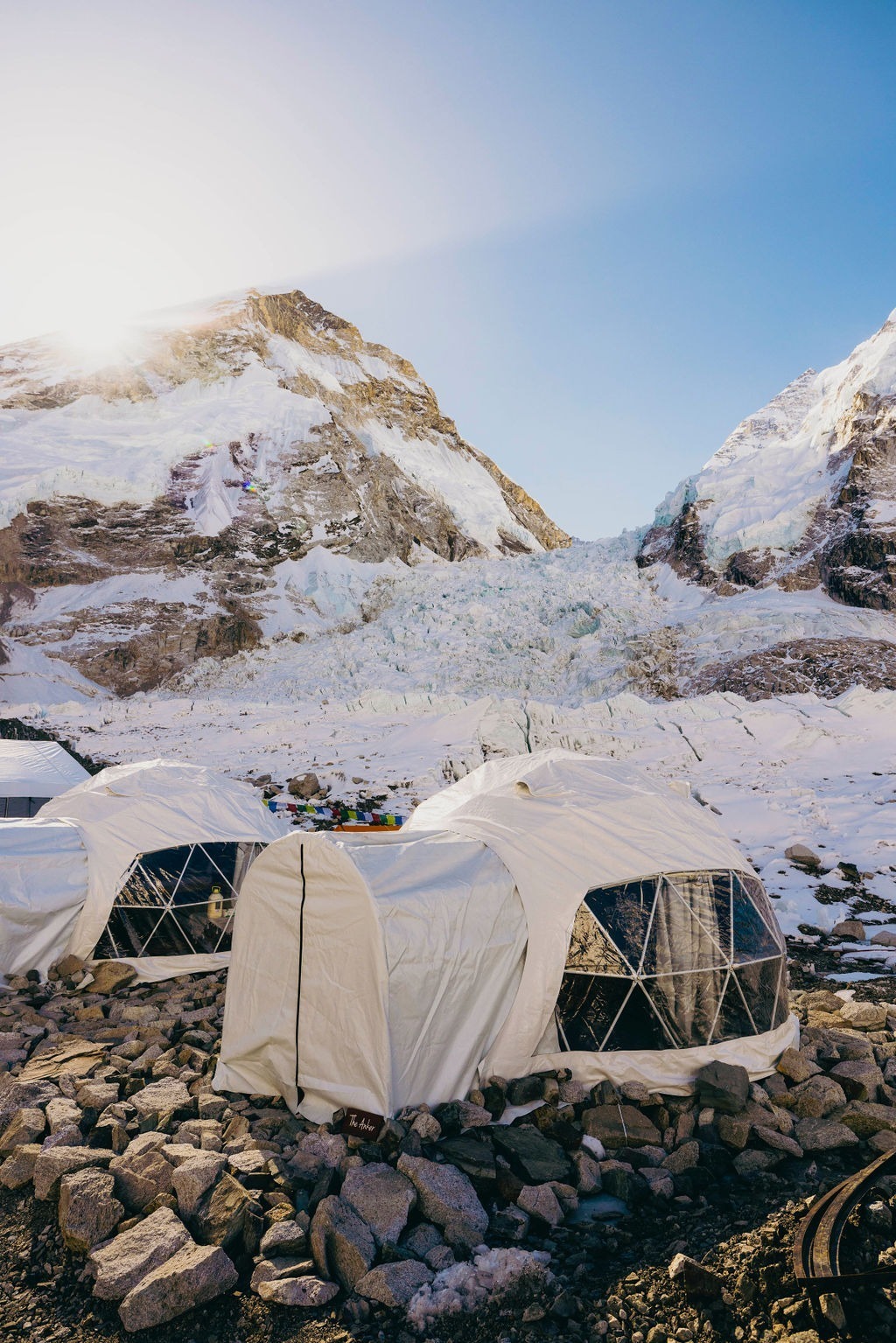
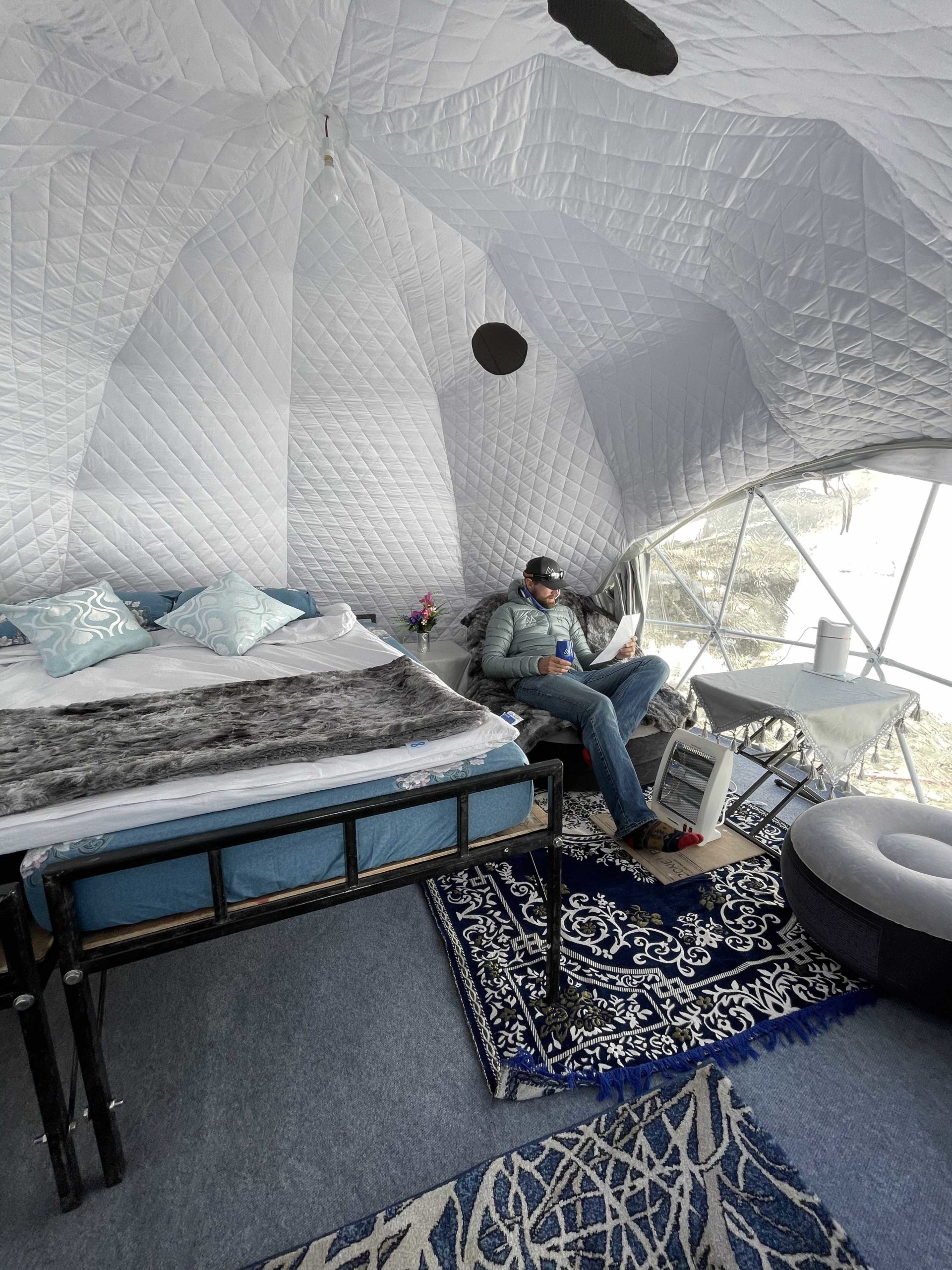
Many operators have environmental, sustainability, or humanitarian support programs listed on their websites, but we know that actions speak louder than words. Of course, if every operator followed what was on their sites, there wouldn’t be the magnitude of the issues we see today. Operators with written policies include but are not limited to Adventure Consultants, Alpenglow, Alpine Ascents International, Asian Trekking, Benegas Brothers, Climbing the Seven Summits, Elite Expeditions, Imagine Nepal, International Mountain Guides, Furtenbach Adventures, Jagged Globe, Madison Mountaineering, Mountain Madness, Rainier Mountaineering Inc., Pioneer Adventures, Seven Summits Treks, and Summit Climb.
An Operator’s Reaction
I reached out to Mike Hammil, who founded and runs Climbing the Seven Summits, for his thoughts because he offers some of the most high-end amenities on Everest. They also have a strong philanthropic effect with the Tiger of the Snows Fund. He told me in an unfiltered email.
As you know, we’re all for protecting the environment and culture in the Khumbu/Everest region. We pioneered using sustainable energy at Base Camp with our huge solar array and battery banks. We’ve always invested in Leave No Trace principles, both on the trek, at Base Camp and on the Upper Mountain. We’ve invested a lot of money into training for the local community and supporting families through our “Tiger of the Snows Fund” non-profit. We are one of the “good guys” and are constantly striving to do our bit for industry improvement, not only in our camps on Everest but across mountaineering in general, all over the world.
These ‘restrictions’ have been dropped on our lap with absolutely no discussion or consultation with us as a key player in the industry and absolutely no warning a mere six weeks out from the expedition. Unfortunately, the way the restrictions are structured, we can only take them as a direct attack on our business vs. a realistic, positive and constructive way to lessen the environmental impact of the industry, which we have always been at the forefront of.
It would be helpful for businesses like CTSS to understand exactly how these last-minute restrictions are going to preserve “the culture and environment” and how they expect us to implement them. Who is making these decisions for the entire industry without input from the operators they target, like ourselves?
Further, they aren’t practical; for instance, how does reducing dining tent space to an unrealistic size of 10 sqft per person work? Does that mean there isn’t even enough space for each person to occupy a single chair? Not allowing our barista to make coffee (included as part of our service at no charge; this is not commercial) just puts our locally employed Nepali team out of a job. How does having an attached toilet with waste being carried away and disposed of in exactly the same way as our team toilets make a difference? People go to the bathroom at the same frequency.
It doesn’t seem like the motives behind these proposed regulations are very clear or truly for the purpose they purport to be. To be honest, it seems a simple way to attack businesses like ours, which attract climbers/trekkers wanting more comforts, which in turn gives us the ability to bring more money to the local economy through greater employment and influence how our clientele interact with the environment in a positive, more sustainable way.
As you know, we cater to a wide range of clientele by offering different levels of service and have long used the airplane analogy. The same plane is going to the same destination; we just have different cabins that appeal to different markets inside that plane, allowing us to attract more people to experience this beautiful country enjoyably.
My understanding is that much of this is being lobbied for by teahouse owners in Namche, who are afraid not as many climbers will drop back down the valley to use their services before the summit rotation, and by local outfitters that don’t want competition from higher-end services that they find it difficult to compete with so resort to guerilla tactics.
To be honest, it just feels like a slap in the face and makes us question operating in Nepal, where attacks, disguised as regulations, are imposed arbitrarily at the last minute. This seems to be a common tactic used by Nepali operators to hinder competition.
Sustainable Tourism
In 2017, the World Travel & Tourism Council launched a campaign to encourage sustainability in travel [https://www.dangerous-business.com/sustainable-travel-tips/]. The campaign “Is It Too Much to Ask?” outlines the best practices with the following ten pledges. Thanks to Maddison Mountaineering for this information.
I pledge to demand to see the environmental and social policies of the companies I book my travels with.
I pledge to read up on and understand the local culture in the destination I am traveling to, and I promise to respect my hosts, their way of life, and their way of dress by packing appropriately.
I pledge to limit myself to a 3-minute shower per day in areas where water is scarce.
I pledge to minimize my use of plastic and to dispose of it appropriately: never on the street and never in the ocean.
I pledge to buy local, including food, experiences, and guides.
I pledge to never take part in activities that will cause harm to animals.
I pledge to never visit sites of religious and cultural importance to local people if they do not wish it. If I am allowed to visit these places, I am committed to showing my respect and behaving appropriately.
I pledge to offset the CO2 impact of my holiday.
I pledge to educate myself, my family, and my friends based on my experiences and my knowledge of responsible travel and to talk to other experienced travelers in an effort to learn more about the world and sustainable best practices.
I pledge to give feedback to travel providers, to establish demand for sustainable practices and responsible travel, and to ask for more sustainable travel options in my recommendations. If a travel provider does not provide me with sustainable options, I will demand to know why and endeavor to change.
Summary
In my mind, I’m thinking about the free market and how airlines have different levels of service, and if there’s someone wants to pay for it, they can get it. That’s how the free market works. However, in my opinion, there are rational limits regarding luxuries on a mountain. I fully support smaller footprints in the mountains. For example, eliminating large dome tents at Camp 2 and having a personal dome sleeping tent and personal toilets at base camp seem unnecessary. Still, there is a market for this level of services, and operators should have a choice to meet that market request or not, as long as it is done in a sustainable manner.
Here’s to a safe season for everyone on the Big Hill.
Climb On!
Alan
Memories are Everything
The Podcast on alanarnette.com
You can listen to #everest2024 podcasts on Spotify, Apple Podcast, Breaker, Google Podcasts, Pocket Casts, RadioPublic, Anchor, and more. Just search for “alan arnette” on your favorite podcast platform.
Preparing for Everest is more than Training
If you dream of climbing mountains but are not sure how to start or reach your next level, from a Colorado 14er to Rainier, Everest, or even K2, we can help. Summit Coach is a consulting service that helps aspiring climbers throughout the world achieve their goals through a personalized set of consulting services based on Alan Arnette’s 30 years of high-altitude mountain experience and 30 years as a business executive. Please see our prices and services on the Summit Coach website.

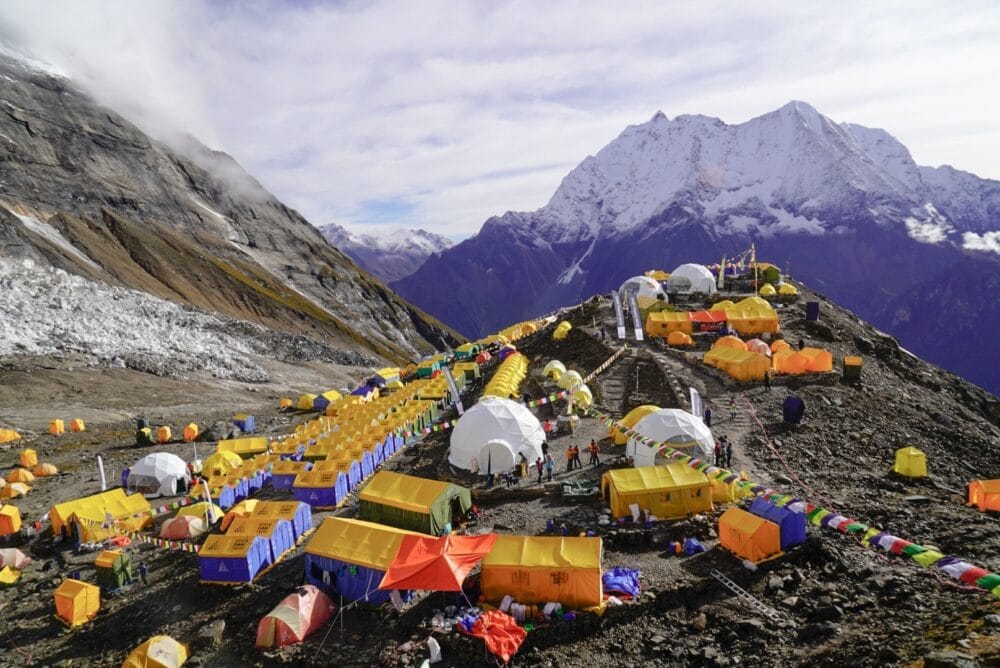

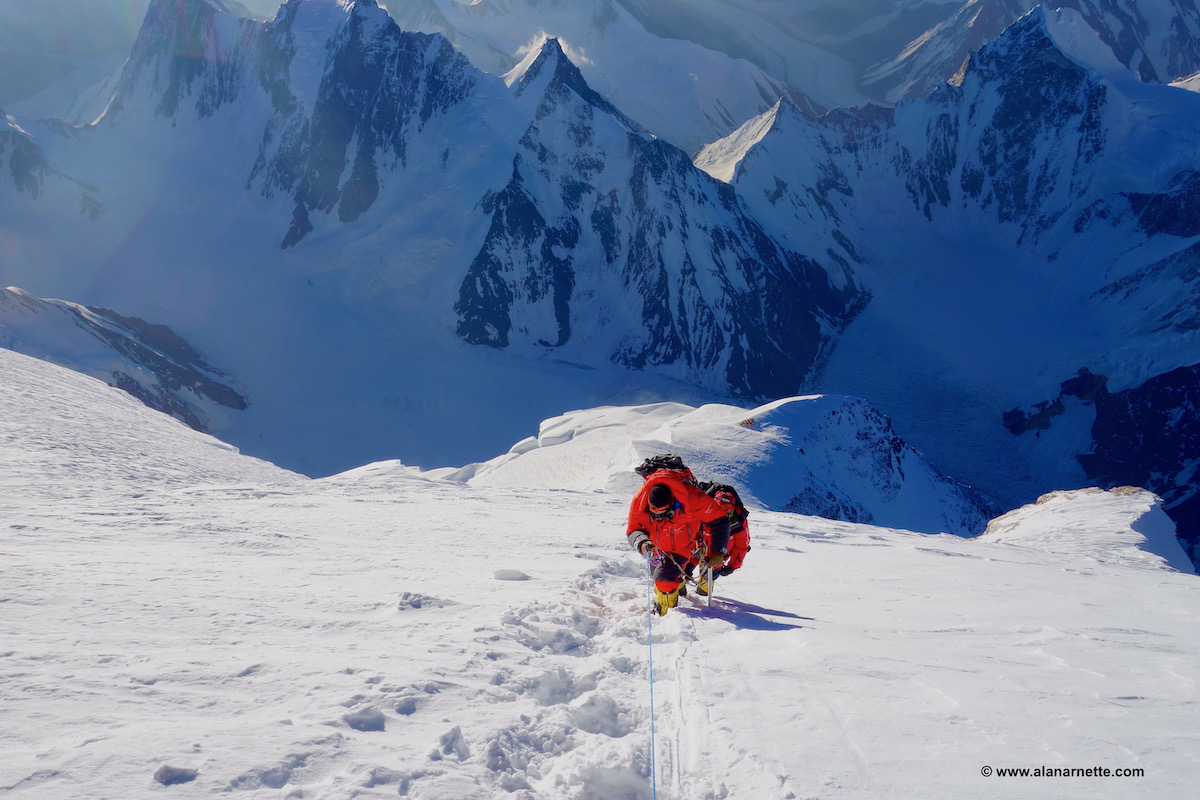

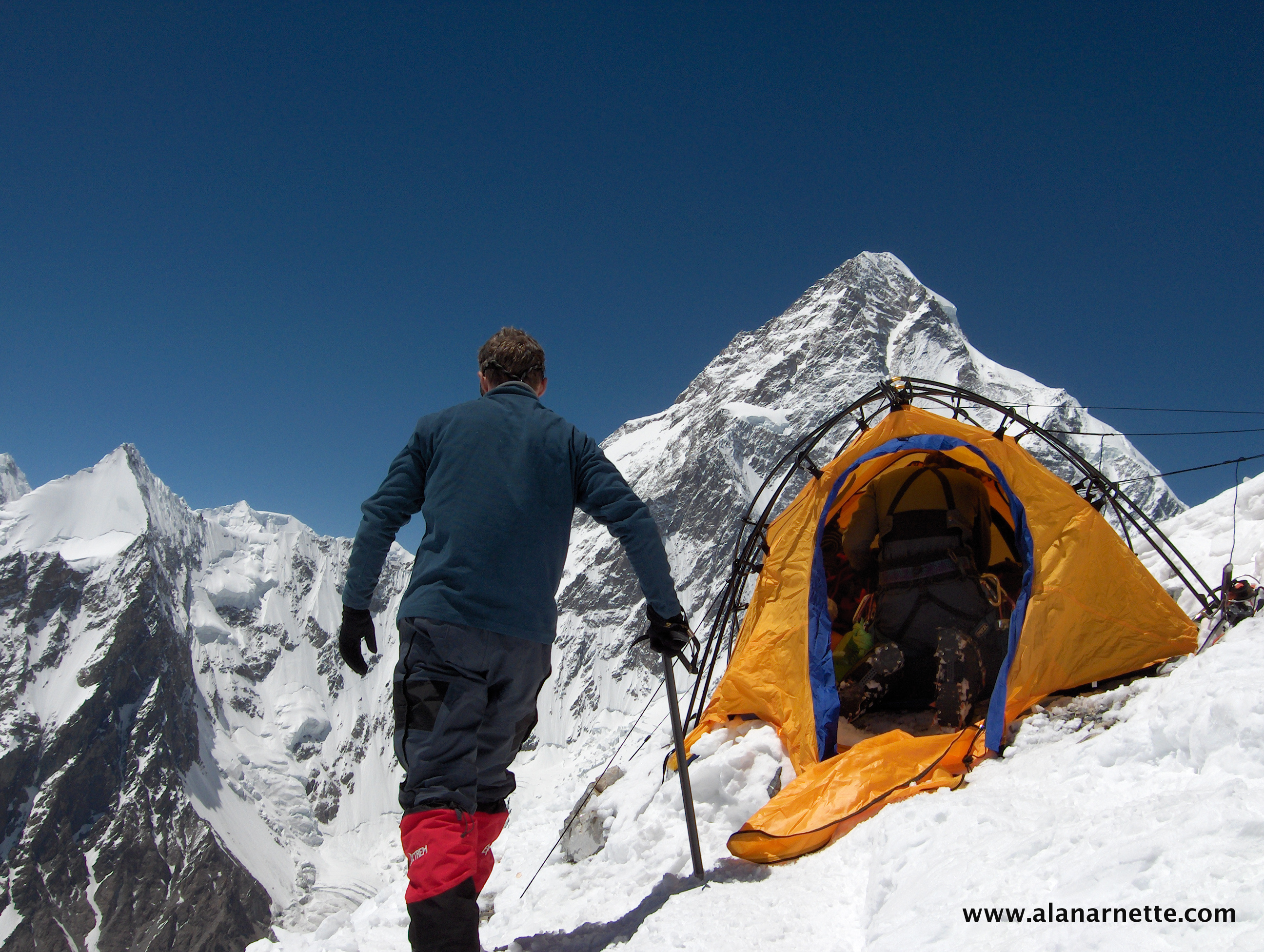
11 thoughts on “Everest 2024 Coverage: Are Luxury Operators Being Targeted by Nepal?”
About staying at EBC: several operators offer treks where clients sleep at the BC and are able to climb up to Camp II with the Everest hopefuls. This is relatively cheap as a bogus Nuptse expedition is simply set up using the same camps as Everest and Lhotse teams up tp C2 or even C3. Nuptse permit is only $600 per person, so no need to fork out Everest permit amounts for a trek.
I think the problem is people who want a resort experience, instead of a climbing experience. Seems to me they would be better served by going to an actual resort, rather than tackling one of the most major climbing experiences in the world.
I’ll be climbing with CTSS on their 3-peaks program in 2025. I’m a bit dismayed about the requirement that a stay at EBC would require a full Everest permit. How would this be enforced?
In theory a government official would compare the names on the permit list with those sleeping at base camp.
One could claim to be attempting Nuptse, with $600 permit…
I think numbers per year have to be in discussion, too many people, a lot are inexperienced.
Mike Hamill is an outstanding individual. Having trekked with CTSS, I know first hand his commitment to his clients and to Nepal. He would not make statements of the sort quoted in this article without careful consideration and thoughtful purpose. Both he and his company deserve better.
I agree about Mike, Jim. He approved me posting his comments. Thanks.
This is an informative and interesting read. It will be interesting to see how this plays out. Thank you for your thoroughness.
More last minute insanity from the Nepal government. You would think they would understand how much they are embarrassing themselves. How about a few regulations that address real problems like incompetent climbers with inadequate experience or local Nepali operators cutting their names off tents at C2 and leaving them there?
Hi Robert, this is very important concern. Do you have any bitter experience earlier? Can you explain little more about the concern you raised? Thank you.
Comments are closed.